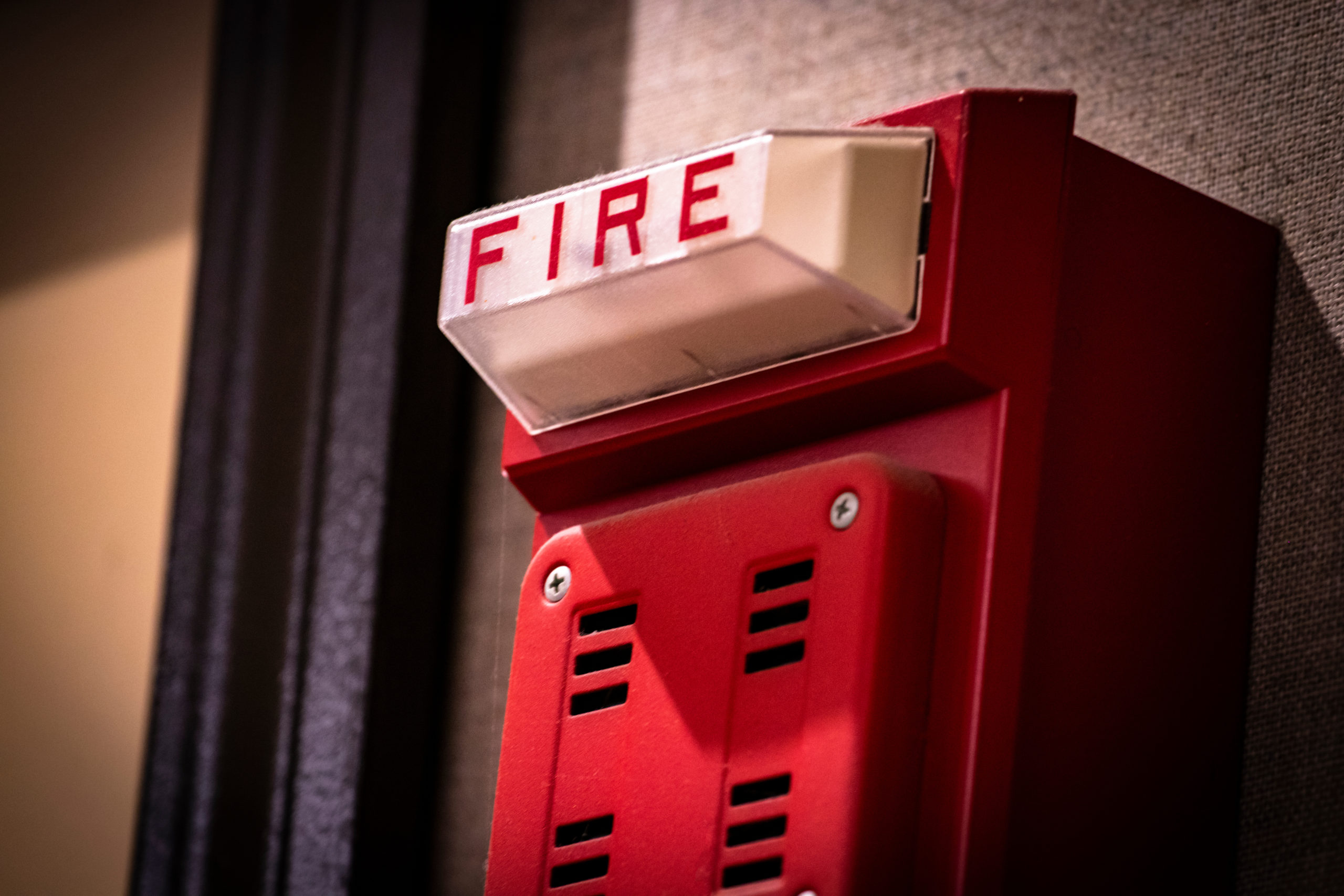
Several codes relevant to our members have been or are being revised. Among them are fire codes and ISO standards. Generally speaking, fire codes are completely updated every three years by working on about 1/3 of the code each year. Included in the code development for 2027 are the International Code Council updates developed by the Fire Code Action Committee.
Areas in the Fire Code That Are Being Studied This Year
Passive fire protection looks at those building elements that resist or prevent the spread of fire in a structure. In addition to a general review of the codes, reviewers are looking at air sealing of common walls and fire-resistant joint sealing products. The focus here is on dwelling units where a sealant may have a dual purpose of providing air and acting as a fire sealant.
The Active Fire Protection and Life Safety Systems Group is looking at requiring all wiring, regardless of type, to be in a continuous raceway. The group is also looking at improving the coordination between the IRC and NFPA requirements for fuel gases (methane, butane, and propane) smoke and fire alarms and other gas detection systems.
Enforcement is looking at building signage, including exit signs, to implement various requirements to make enforcement easier and to spell out the size of different signs within the facility. These have a high likelihood of affecting facility managers and the cost of operating a facility.
Energy attention has moved toward batteries and those devices that operate using batteries. Heat issues related to these devices can cause a fire. The updates could have some significant implications for those facilities that are trying to move away from fossil fuels and the costs associated with addressing the concerns associated with stored energy.
Another area that has a high likelihood of affecting higher education facility officers is an update to Hazardous Materials. At present, the focus appears to be mostly on updating the code to be more consistent with other codes and the technology.
As the different codes are updated, members of the ASCC will monitor the changes and weigh in as appropriate to assist higher education facility officers. Keeping up with the codes can be a challenge, particularly in a limited funding environment.
International Standards
On the international front, the ISO management system standard for facility management (FM) (ISO 41001) will be reviewed and updated. The FM vocabulary (ISO 41011) has been updated and will receive final approval later this year. A standard for influencing organizational behavior for improved outcomes in facility management (ISO 41015) was published earlier this year.
There are several other facility management standards in development; while they are optional for all FM organizations, they provide a clear outline and process to demonstrate that an organization is well-run.
APPA remains an active partner in the development of these standards representing its members and others.
Ted Weidner is professor of engineering practice at Purdue University, West Lafayette, IN, and consults on facilities management issues primarily for educational organizations. He can be reached at [email protected].
Code Talkers
Code Talkers: Highlights the various codes, laws, and standards specific to educational facilities and explains the compliance issues and implications of enforcing these measures. To contribute, contact Kevin Willmann, FM Column Editor.
See all Code Talkers.


